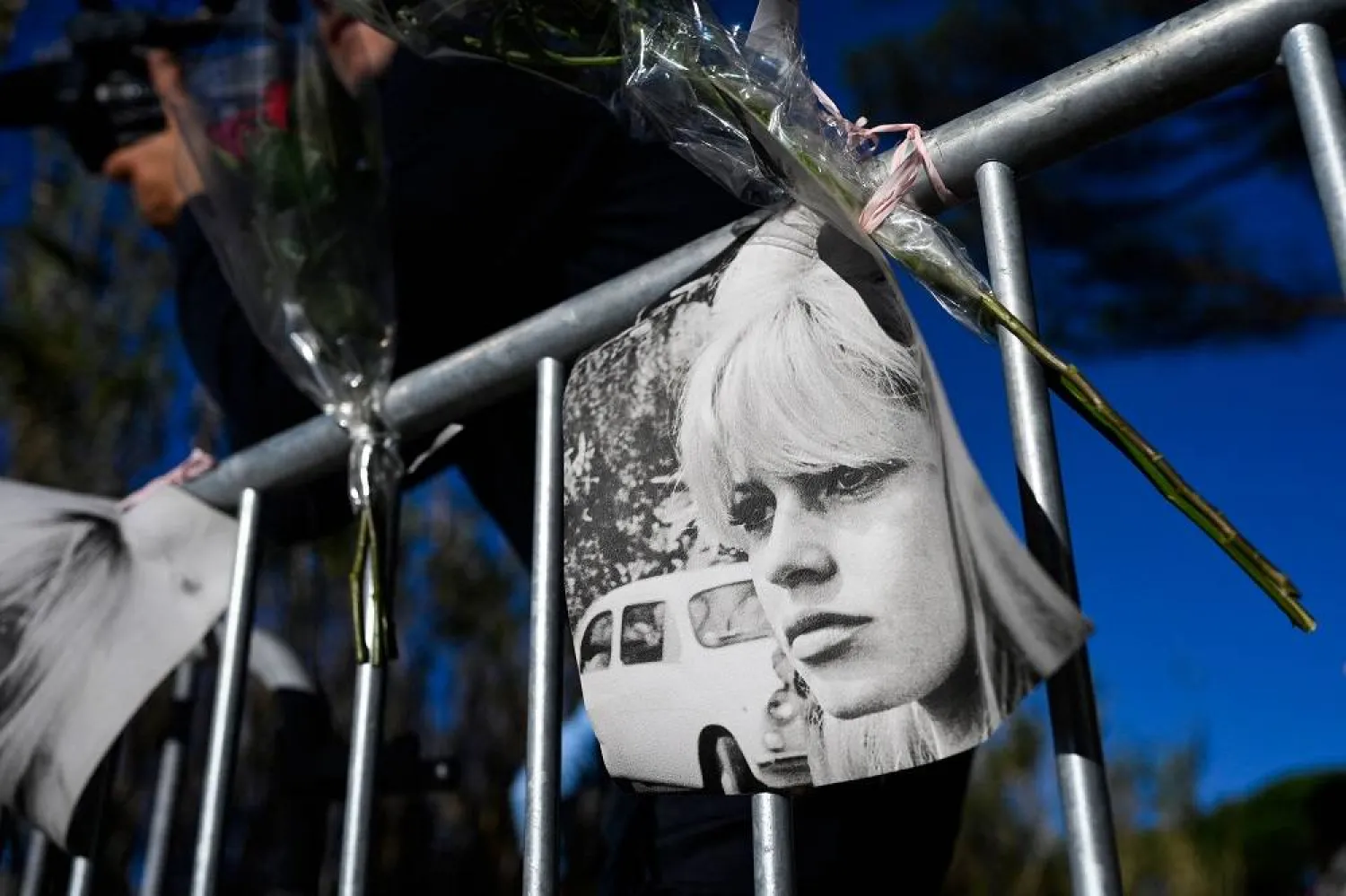French politicians were divided on Monday over how to pay tribute to the late Brigitte Bardot, who despite her screen legend courted controversy and convictions in later life with her far-right views.
The film star died on Sunday aged 91 at home in the south of France. Media around the globe splashed iconic images of her and tributes following the announcement.
Bardot shot to fame in 1956 and went on to appear in about 50 films, but turned her back on cinema in 1973 to throw herself into fighting for animal rights.
Her links to the far-right stirred controversy however.
Bardot was convicted five times for hate speech, mostly about Muslims, but also the inhabitants of the French island of Reunion whom she described as "savages".
She slipped away before dawn on Sunday morning with her fourth husband Bernard d'Ormale, a former adviser to the far right, by her side.
"She whispered a word of love to him ... and she was gone," Bruno Jacquelin, a representative of her foundation for animals, told BFM television.
- 'Cynicism' -
President Emmanuel Macron hailed the actor as a "legend" of the 20th century cinema who "embodied a life of freedom".
Far-right figures were among the first to mourn her.
Marine le Pen, whose National Rally party is riding high in polls called her "incredibly French: free, untamable, whole".
Bardot backed Le Pen for president in 2012 and 2017, and described her as a modern "Joan of Arc" she hoped could "save" France.
Conservative politician Eric Ciotti suggested a national farewell like one organized for French rock legend Johnny Hallyday who died in 2017.
He launched a petition online that had garnered just over 7,000 signatures on Monday.
But few left-wing politicians have spoken about Bardot's passing.
"Brigitte Bardot was a towering figure, a symbol of freedom, rebellion, and passion," Philippe Brun, a senior Socialist party deputy, told Europe 1 radio.
"We are sad she is gone," he said, adding he did not oppose a national homage.
But he did hint at her controversial political views.
"As for her political commitments, there will be time enough -- in the coming days and weeks -- to talk about them," he said.
Communist party leader Fabien Roussel called Bardot a divisive figure.
But "we all agree French cinema created BB and that she made it shine throughout the world," he wrote on X.
Greens lawmaker Sandrine Rousseau was more critical.
"To be moved by the fate of dolphins but remain indifferent to the deaths of migrants in the Mediterranean -- what level of cynicism is that?" she quipped on BlueSky.
- Garden burial? -
Bardot said she wanted to be buried in her garden with a simple wooden cross above her grave -- just like for her animals -- and wanted to avoid "a crowd of idiots" at her funeral.
Such a burial is possible in France if local authorities grant permission.
Born on September 28, 1934 in Paris, Bardot was raised in a well-off traditional Catholic household.
Married four times, she had one child, Nicolas-Jacques Charrier, with her second husband, actor Jacques Charrier.
After quitting the cinema, Bardot withdrew to her home in the Saint-Tropez to devote herself to animal rights.
Her calling apparently came when she encountered a goat on the set of her final film, "The Edifying and Joyous Story of Colinot". To save it from being killed, she bought the animal and kept it in her hotel room.
"I'm very proud of the first chapter of my life," she told AFP in a 2024 interview ahead of her 90th birthday.
"It gave me fame, and that fame allows me to protect animals -- the only cause that truly matters to me."









